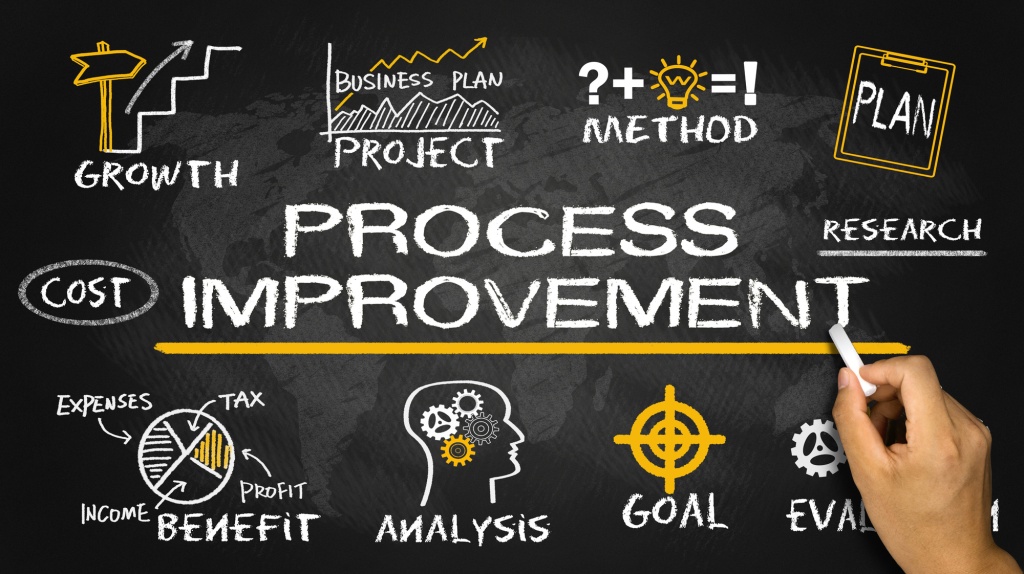
If you’re seeking ways to enhance your company’s operations, you’ve likely encountered the phrases “Six Sigma,” “Lean,” and “Business Process Management.” But what is their actual meaning, and how can they benefit you?
Six Sigma is a series of management techniques used to enhance business procedures by identifying and removing flaws and reducing variability in manufacturing and service delivery. Initially developed by Motorola in the 1980s, many organizations worldwide have since adopted Six Sigma. The objective of Six Sigma is to attain a level of quality where the probability of a defect happening is less than 3.4 incidents per million opportunities.
Lean is another group of management techniques that emphasize maximizing customer value while minimizing waste. First developed by Toyota in the 1930s, it has since been extensively adopted in both manufacturing and service sectors. The goal of Lean is to produce more customer value with fewer resources and less waste.
Lean Six Sigma is a comprehensive approach to improving business processes that combines Six Sigma and Lean methodologies. It combines Six Sigma’s emphasis on reducing defects and variability with Lean’s emphasis on maximizing customer value and minimizing waste. The result is a methodology that is not only effective in improving process quality but also efficient in the use of resources and in meeting customer needs.
Lean Six Sigma can help you cut costs by reducing waste and enhancing efficiency, which are two of its most significant advantages. Lower costs and increased profits can be achieved by streamlining processes, reducing cycle times, and improving quality. By providing products and services that meet or exceed customer expectations, Lean Six Sigma can also enhance customer satisfaction. This can be achieved by reducing defects, improving quality, and increasing responsiveness to customer needs.
Business Process Management (BPM) is a management approach that focuses on optimizing and managing business processes to improve performance and achieve business goals. It entails examining, modeling, designing, implementing, monitoring, and continually enhancing processes to ensure that they are efficient, effective, and aligned with organizational objectives. BPM provides a framework for managing and optimizing end-to-end processes, integrating people, processes, and technology to improve business performance. BPM assists organizations in identifying and removing inefficiencies, lowering costs, increasing productivity, and improving customer satisfaction.
Combining Six Sigma, Lean, and BPM allows organizations to achieve a holistic approach to process improvement. They can eliminate defects and reduce variability in processes through Six Sigma, enhance customer value and reduce waste through Lean, and optimize processes and achieve business objectives through BPM. Through the implementation of these methodologies, organizations can improve process quality, increase efficiency, reduce costs, and improve customer satisfaction, resulting in a competitive advantage and increased profitability. Check out this post for more details related to this article: https://en.wikipedia.org/wiki/Lean_Six_Sigma.
Leave a comment